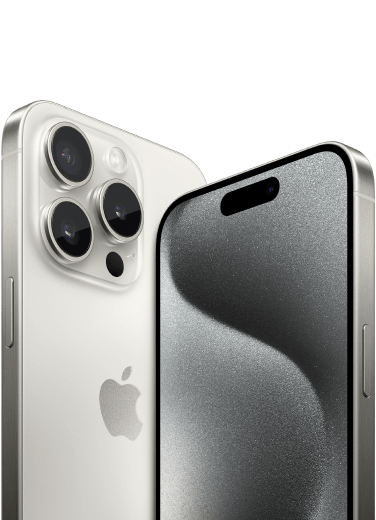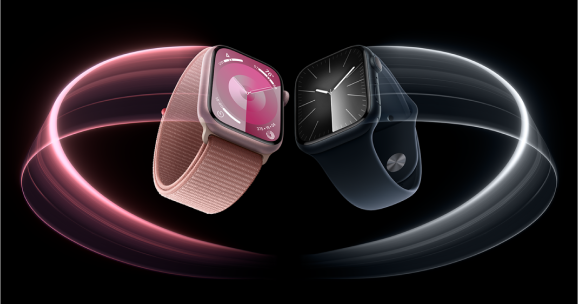
How to improve your photos with one simple concept - light | iStore Online
Lighting is arguably the most important element in photography. The word photography is derived from Greek roots: “photos” meaning “light” and “graphe” meaning “drawing.” Without light, a pitch black room is simply that. Black.
There are many elements to discuss when it comes to lighting and photography. Lighting can alter the way the exact object and scenery looks. That is why natural light plays such a key role when searching for the perfect picture.
Read on for our “enlightening” tips, and the next time you grab your iPhone, take into account how natural light will impact on your photo. Maybe the shot would look better at a particular time of day, or if the weather conditions were slightly different? Just remember that every element could change the perspective and mood of your picture.
NATURAL LIGHT
The golden hour
Have you ever heard of the Golden or Magic Hour? It’s basically like happy hour for photographers. The Golden hour, depending on the season, is roughly the first hour of light after sunrise, and the last hour of light before sunset. During these times the sun is low in the sky, producing a flattering, soft, diffused light which makes for perfect photo ops.
Window lighting
Shooting indoors may give you limited lighting, but this type of light could result in the perfect photo opportunity. Using a window as a source of light can alter the mood of your photo. A large, bright window will be helpful to create a softer image, whereas a small window can create a more dramatic, directional look.
Overcast sunlight
While not many people are fans of overcast days, photographers can’t wait to get out of bed to take advantage of the “softened” light and lack of harsh shadows. A fully overcast day gives you more options for placing your subject as the light is spread more evenly.
Using shadow
Shadowing is another way to enhance the mood of your photos. Heavy shadowing techniques in photos can make for a rather dark, heavy mood and limiting the colours in your picture can make this mood even darker. While the opposite can be said when using light shadowing effects. Light shadows tend to make the mood happier and provide a sense of “realism” by making the photo appear to be three dimensional.
BACK LIGHTING, FRONT LIGHTING AND WHEN TO USE YOUR FLASH
Positioning where your light is coming from is just another way in which you can change the perspective, literally and figuratively, of your image.
Back lighting
Back lighting is a more creative way to take advantage of sunlight. It creates an impactful type of aura around your subject. To make the most of backlighting, ensure that the sun is rather low in the sky so it appears directly behind your subject.
Front lighting
Front lighting has a big advantage. It evenly illuminates your subject. However, it tends to flatten it too. When using frontal light, the drama you want in your pictures will fall away, and the depth of your photo will be lost. Front lighting is great if you are taking a family or team photo, but it gets tricky when taking photos for iPhoneography.
When to use your flash
You can use flash when the subject you are taking a picture of is in a shadow. Using flash is also great for when you are close enough to the subject. Fill Flash can brighten up shadowed areas and improve the image without overexposing any other areas.
DO’S AND DON’TS
Do always have your iPhone charged and on hand
Do look for soft lighting when taking portraits.
Don’t settle for one shot. Get closer, find different angles and play with the lighting.
Do Use reflectors on light sources to help determine the direction and strength with which light enters your frame.
Don’t forget to break the rules.
Visit iStore for more information: www.istore.co.za


















